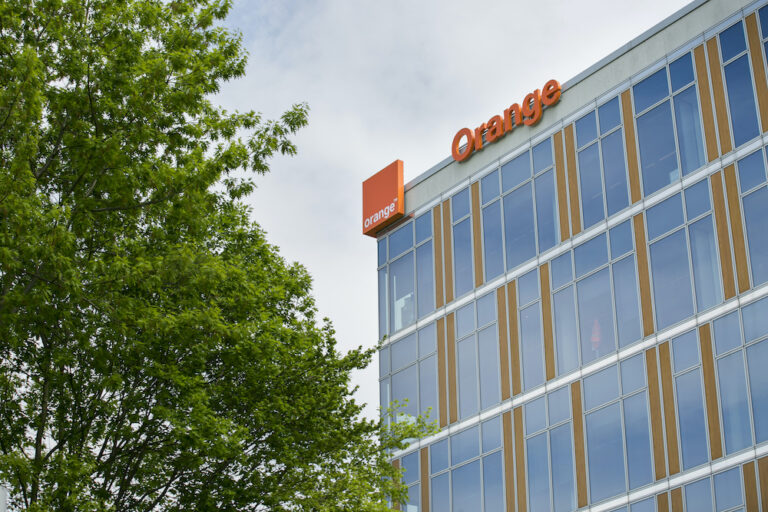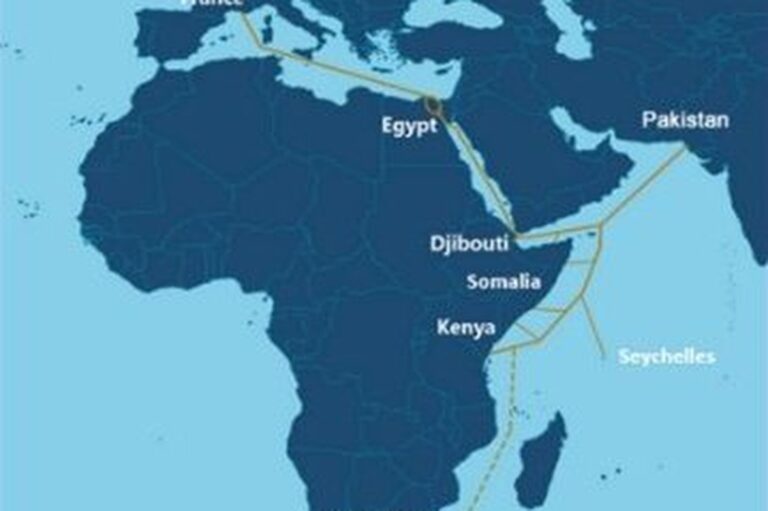It’s turbulent and currents are not necessarily in harmony
A multi-cloud strategy could be fatal for any telco, delegates heard at a recent NetEvents conference on Multi-Cloud and Cloud Native Networking.
Conference host Brad Casemore, VP of Research, Datacenters and Multicloud Networking at analyst IDC, warned of a disconnect. Mobile Europe has pushed him for more detail, such as: what’s the worst thing that can happen to a telco caught between multiple clouds? Do cloud operators care?
“Multiple-clouds are always going be a pain because each cloud provider is understandably focused on its own services for enterprise customers,” said Casemore. Individually, they are not concerned with optimising the experience and access to competitive services or other clouds. Enterprises such as telcos, of course, have a different perspective, and many may be tempted to use multiple clouds to achieve digital resilience.
“This disconnect, pardon the pun, is why multi-cloud complexity, in a network and connectivity context, is such a challenge,” said Casemore. “It’s a turbulent river, where the currents aren’t necessarily in harmony. If enterprises don’t navigate carefully, they can indeed founder on the rocky shores or get slowed down or pulled under amid the complexity.”
Guest speaker Ranga Rajagopalan, chief architect at hypervisor specialist VMware, likened the polyamorous enterprise cloud experience to a potential horror story. “Imagine the telco is moving into a new neighbourhood [in the cloud]. They try to make friends but soon discover Jason from Halloween lives in the first house, Freddie from Nightmare on Elm Street is in the second and Ghostface from Scream is in the third. Each cloud villain wants the poor neighbour for itself,” said Rajagopalan.
The telco protagonist needs to live in the cloud neighbourhood and must carefully play off and balance each cloud villain against the others. To make matters worse, there’s also a gang in of hackers in the area, constantly casing the block to rob homes. Your party needs to protect its hardware from them too.
“That’s how enterprises are dealing with multiple clouds – it’s a balancing act to use them efficiently, but not be captive to any of them, while there are constant security threats,” said VMware’s
Security specialist Stewart Parkin, CTO at Assured Data Protection explained how a telco in a state of cloud incongruity brings with it its own unique data protection frustrations. Protecting its data and recovering it, from ‘any cloud’ to ’any cloud’, in reasonable time, is virtually impossible, Parkin warned.
“It’s a management nightmare. Maintaining different tool sets, formats and data repositories is one thing – but it’s very uncommon for these to work intra-cloud. You can’t backup an Amazon EC2 instance in AWS backup, then restore it to an Azure Virtual Machine with the native tools,” said Parkin.
Telcos forget that you also need to check a multitude of backup tools to ensure that their EC2 and RDS instances, Azure SQL PaaS databases, GCP VMs have all backed up. “The report says they backed up, but did they work, how do you test that, across platforms, while also making sure those 20 new virtual machines that DevOps has just spun up for a new critical application, are in protection?” said Parkin.
There are other questions that typically get overlooked in the rush to the clouds, said Parkin, who gave a few examples: Are all of the company policies across the clouds, correct? Are they the same? Do they meet regulatory requirements? If you need to change a policy, where do you need to change? What affect might that have on other data?
For compliance you must ensure that the backup data is immutable, segregated from the production platform owners, encrypted, stored within region and out of region if needed, said Parkin.
Other questions arise, Parkin warned the telcos: “What does your cross-region egress look like? Are you storing it out of cloud and if so, what does the egress cost here? If you are taking it out of cloud, are the backups portable? Could you use the EC2 snapshot to recover the VM locally to VMware or Azure if you needed to? If not, why take it out of the cloud, you’ve essentially got a very expensive collection of ones and zeros,” said Parkin
All of these things can be fixed, and catered for, but they need to planned and controlled with the right technologies and solutions. However, now that people expect things to happen just because they clicked a button, the boring but vital work such as data protection, backups and recovery are often left for a rainy day. On that day they will become the single most important thing in the telco’s business, warned Parkin.












